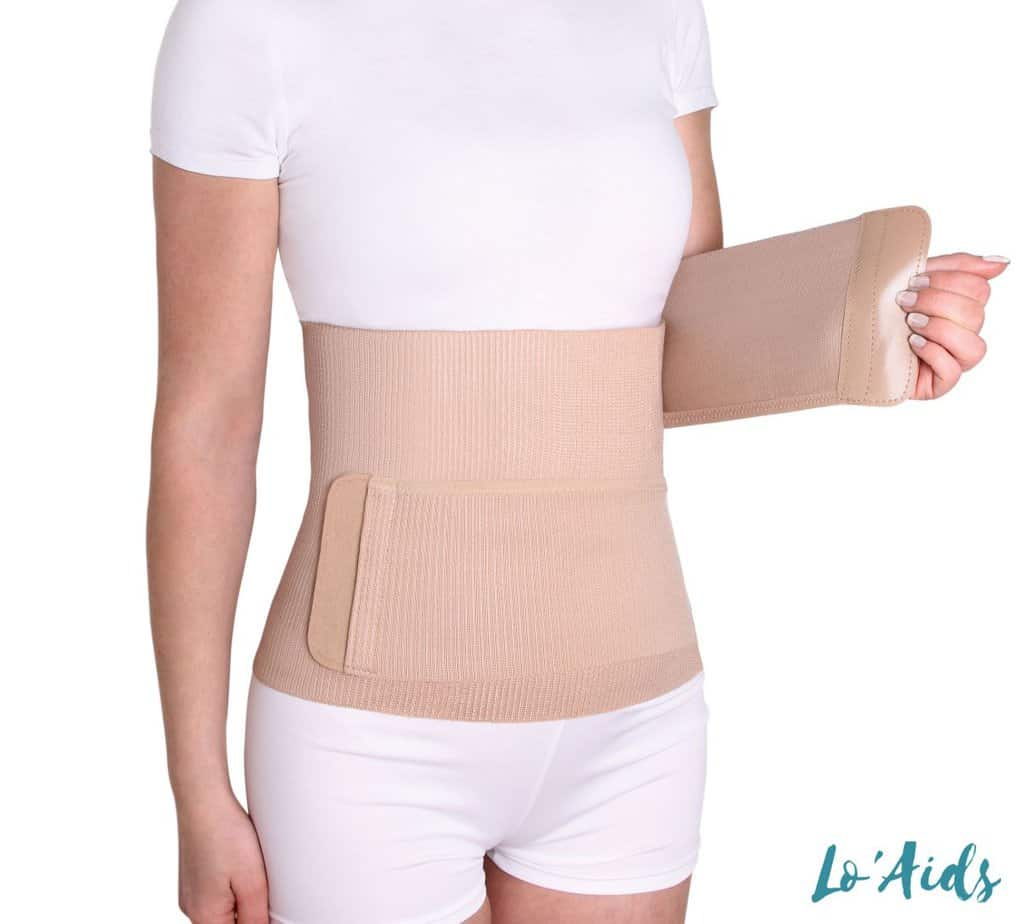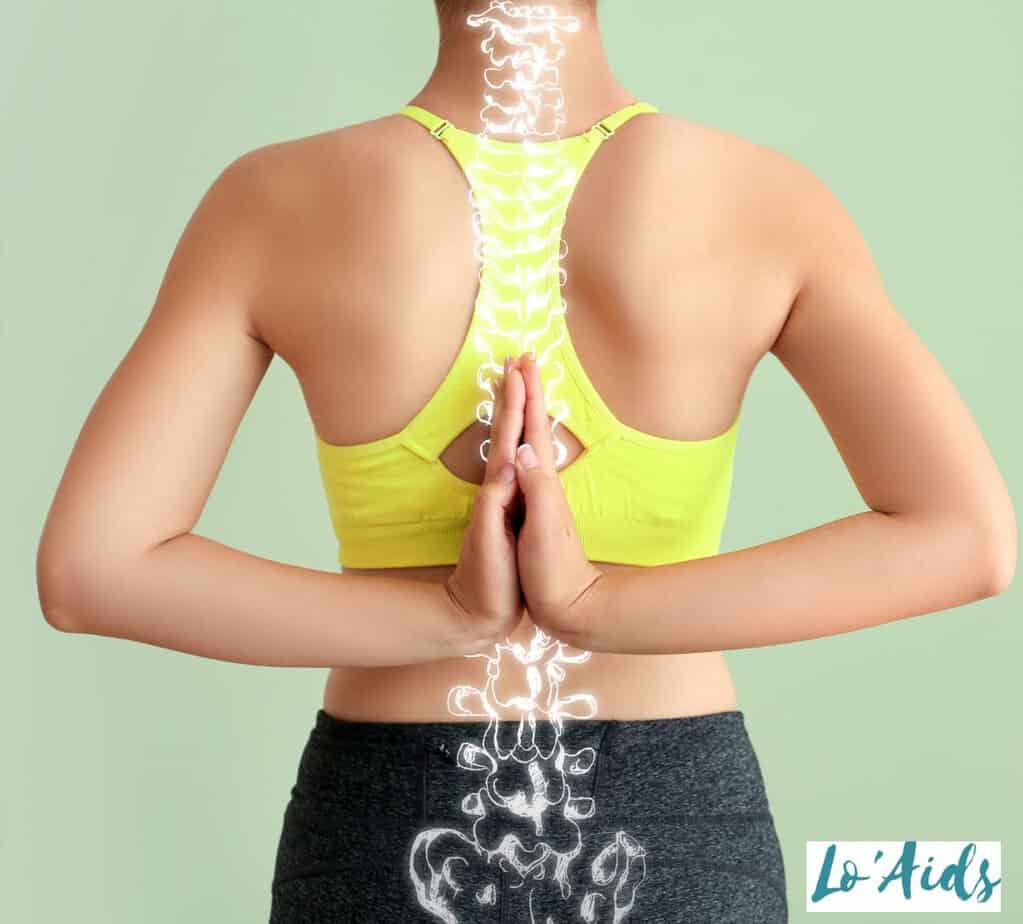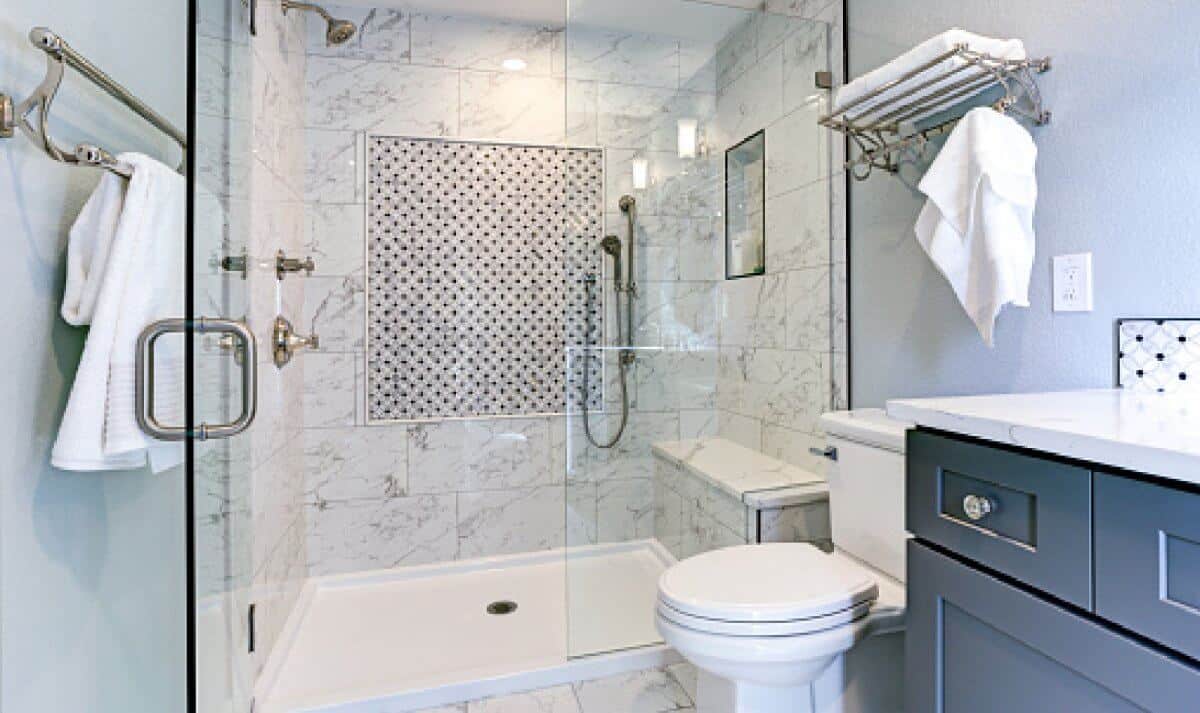Are you searching for effective ways to manage back pain? Look no further!
As a seasoned medical Doctor, I’ve witnessed firsthand the transformative impact of this dual approach on my patients – from providing proper spinal support to preventing further pain – and let me tell you: it’s a surefire way to mask pain!
In this article, I’ll delve into how this combination works, why it’s beneficial, and how it can help you regain control over your life.
Read on to discover it all – a compact guide to the seven benefits of combining back braces with physical therapy (it works like a bomb!)
Table of Contents
Key Takeaways
- Holistic Approach: Combining a back brace with physical therapy offers a comprehensive approach to managing back pain and other spinal disorders.
- Tailored to Individual Needs: Various back braces are available, each designed to address specific medical conditions and provide a unique degree of body stabilization.
- Prevents Further Injury: This dual approach manages symptoms and focuses on preventing further injury.
This post contains affiliate links. We earn a commission if you purchase at no extra cost.
The 7 Benefits of Combining a Back Brace with Physical Therapy
Let’s explore these seven benefits in detail, each backed by scientific research and clinical experience!
#1 Immediate Spinal Support
Simply put, a back brace provides instant support to the spine, reducing pain and discomfort.

As the Garden Gate Medical Center highlighted, a back brace
“Restricts unnecessary movements that could exacerbate back damage, facilitating spinal alignment and muscle strengthening” [1].
This means if you’ve recently experienced an injury – whether light or severe – a back brace can undoubtedly help.
#2 Pain Alleviation
The back brace’s role extends beyond physical support, venturing into pain management.
As Dr. Juliana Bruner, a physical therapist and researcher, states,
“Back braces support proper posture, stabilize the lower back, and straighten the spine in cases of scoliosis. [2]”
“Back braces also decrease pressure on the spine, discs, muscles, and ligaments, and,” she continues, “may decrease secondary muscle spasms while preventing painful maneuvers such as hyperextension. [2]”
By providing a healing environment for the spine, intervertebral discs, and vertebrae, a back brace significantly reduces back pain, enhancing the patient’s quality of life.
#3 Complementary Physical Therapy
Physical therapy complements the use of a back brace by improving the range of motion, strengthening core muscles, and promoting better posture.
Rob Dickerman, DO, Ph.D., Neurosurgeon, emphasizes the effectiveness of physical therapy by stating:
Physical therapy for low back pain includes guided therapeutic exercises that strengthen the lower back muscles and condition the spinal tissues and joints [3].”
These improvements are crucial for long-term spinal health and can significantly enhance a patient’s quality of life.
#4 Chronic Pain Management
Physical therapy is vital in managing chronic pain, a common issue for patients with spinal disorders.
It also helps reduce muscle spasms and joints in conditions like non-specific low back pain and vertebral compression fractures, providing immediate relief and preventing future problems.
#5 Promotion of Physical Activity
Combining a back brace and physical therapy helps patients maintain their physical activity levels, which is crucial for overall health.
By providing support and promoting healing, this dual approach allows patients to continue their daily activities, improving their quality of life.
#6 Improved Spinal Alignment and Joint Function
This dual approach can also improve spinal alignment and joint function, particularly in the sacroiliac joint.
This is beneficial for all patients but particularly important for those with scoliosis, regardless of their degree of skeletal maturity.
#7 Prevention of Further Progression
By improving alignment and function, a back brace and physical therapy can help manage scoliosis and prevent further progression, offering a comprehensive approach to managing spinal disorders.
Integrating your back brace with physical therapy results in a multifaceted approach to managing spinal disorders.
It provides immediate support and promotes healing, improving function, and maintaining physical activity.
This approach can significantly improve a patient’s quality of life, making it a valuable strategy for those grappling with spinal disorders.
For a quick summary, head over to this table…
| Benefit | Description |
|---|---|
| #1 Immediate Spinal Support | A back brace provides instant support to the spine, reducing pain and discomfort. |
| #2 Pain Alleviation | The back brace’s role extends beyond physical support to pain management. |
| #3 Complementary Physical Therapy | Physical therapy complements the use of a back brace by improving the range of motion, strengthening core muscles, and promoting better posture. |
| #4 Chronic Pain Management | Physical therapy is vital in managing chronic pain, a common issue for patients with spinal disorders. |
| #5 Promotion of Physical Activity | Combining a back brace and physical therapy helps patients maintain their physical activity levels, which is crucial for overall health. |
| #6 Improved Spinal Alignment and Joint Function | This dual approach can improve spinal alignment and joint function, which is particularly beneficial for patients with scoliosis. |
| #7 Prevention of Further Progression | A back brace and physical therapy can help manage scoliosis and prevent progression by improving alignment and function. |
Next, let’s explore three types of back braces and how they aid in physical therapy…
Exploring 3 Types of Back Braces & Their Role in Physical Therapy
Among expert-recommended choices, flexible braces, semi-rigid braces, and frame braces, and understanding their role in physical therapy, are the go-to instruments for optimal support.
Here’s a quick breakdown!
Type #1 Flexible Back Braces
These braces are the go-to for conditions like moderate scoliosis or poor posture. The beauty of flexible back braces lies in their design.
They provide the necessary support while allowing a certain degree of movement.
This flexibility is particularly beneficial during physical therapy sessions, allowing patients to perform exercises without compromising support.
- ✅ 𝐁𝐘𝐄 𝐁𝐘𝐄 𝐁𝐀𝐂𝐊 𝐏𝐀𝐈𝐍: Stot Sports back brace ensures instant and lasting relief for diverse back concerns. Our back brace for women, and men offers enhanced comfort and robust support during daily activities such as walking, bending, and intense gym workouts.
- ✅ 𝗨𝐍𝐁𝐄𝐀𝐓𝐀𝐁𝐋𝐄 𝐋𝐔𝐌𝐁𝐄𝐑 𝐒𝐔𝐏𝐏𝐎𝐑𝐓: Featuring six discreet vertical supports, including four plastic stays and two spring bones, our back brace for lower back pain women delivers excellent support and prevents rolling up, ensuring comfortability & stability during all activities
- ✅ 𝗕𝐑𝐄𝐀𝐓𝐇𝐀𝐁𝐋𝐄 & 𝐅𝐋𝐄𝐗𝐈𝐁𝐋𝐄 𝐃𝐄𝐒𝐈𝐆𝐍: Crafted from high-quality mesh fabric, our back support brace offers superior comfort, keeping you cool and dry during intense activities. With outstanding elasticity, it ensures a perfect and adjustable fit, allowing confident and flexible movement throughout the day.
- ✅ 𝗖𝗢𝗡𝗩𝗘𝗡𝗜𝗘𝗡𝗧 𝗦𝗧𝗢𝗥𝗔𝗚𝗘 & 𝗩𝗘𝗥𝗦𝗔𝗧𝗜𝗟𝗘: Our back support belt comes with a spacious mesh bag for easy storage and carrying, making it convenient for outdoor activities. Wear it discreetly under clothes or make a fashion statement over clothing, offering dual-style versatility for all ages, genders, and body types.
- ✅ 𝗥𝗘𝗠𝗢𝗩𝗔𝗕𝗟𝗘 𝗟𝗨𝗠𝗕𝗔𝗥 𝗣𝗔𝗗: Experience heightened back comfort with the sizable and detachable lumbar pad. With our back brace for men you can quickly attach or detach the lumber pad, using secure hook and loop closures, ensuring convenient and irritation-free support throughout the day.
- ✅ 𝟏𝟎𝟎% 𝐒𝐀𝐓𝐈𝐒𝐅𝐀𝐂𝐓𝐈𝐎𝐍 𝐆𝐔𝐀𝐑𝐀𝐍𝐓𝐄𝐄𝐃: We're confident you'll love Stot Sports Lower Back Brace for men and women that are incredibly user-friendly. If dissatisfied, contact us for a prompt refund. Your happiness is our priority. Order now with confidence! We stand behind our lower back support belt.
Type #2 Semi-Rigid Braces and Lumbar Orthoses
When it comes to conditions that require more support, such as spinal stenosis or vertebral compression fractures, semi-rigid braces and lumbar orthoses come into play.
These braces offer an enhanced level of support compared to flexible braces.
They are crucial in reducing pain and improving spinal alignment, making physical therapy exercises more effective.
Type #3 Frame Braces
Frame braces, such as post-spinal fusion surgery, are preferred for more severe cases.
These braces provide the highest level of support and stability, which is crucial during recovery and rehabilitation.
They ensure the spine is well-supported, allowing the patient to focus on recovery without worrying about further injury.
By providing the necessary support and allowing for safe movement, back braces can enhance the benefits of physical therapy, leading to better patient outcomes.
But what is the role of physical therapy and its benefits? Head to the next section…
How Physical Therapy Enhances the Benefits of Back Braces
Physical therapy is not just an add-on; it’s an integral part of the treatment plan that works hand-in-hand with the back brace to maximize benefits.

It helps to improve flexibility, strength, and overall function, which can enhance the effectiveness of the brace and promote faster recovery.
To elaborate, physical therapy exercises are designed to strengthen the core muscles, which support the spine and can help reduce the risk of future back problems.
They also improve the range of motion, which can be restricted when wearing a back brace.
In addition, physical therapy can include techniques like cold therapy to reduce inflammation and pain, which can further enhance the benefits of the back brace.
Check out this informative video for a more detailed explanation and practical tips!
The Psychological Benefits of Combining a Back Brace with Physical Therapy
While combining a back brace with physical therapy is evident, the psychological benefits should not be overlooked.
Chronic pain, such as that experienced with spinal disorders, can significantly impact mental health, leading to conditions like depression and anxiety.
A back brace can provide immediate pain relief, improve mood, and reduce anxiety.
Knowing that there is a strategy in place to manage pain can provide a sense of control, which is often lacking in chronic pain conditions.
Physical therapy also plays a crucial role in improving mental health. Actively participating in one’s recovery can provide a sense of empowerment.
Besides, physical activity has been shown to release endorphins, the body’s natural painkillers and mood elevators.
How Back Braces & Physical Therapy Impacts Mobility
One of the significant benefits of combining a back brace with physical therapy is the enhancement of mobility.
Back pain, particularly in spinal stenosis or idiopathic scoliosis, can severely limit a person’s range of motion, making daily activities challenging.
A back brace provides the necessary support to the spine, reducing pain and allowing for increased movement. It also helps to stabilize the spine during physical activity, preventing further injury.

Physical therapy complements the use of a back brace by focusing on exercises that improve flexibility and range of motion.
These exercises, tailored to the individual’s condition and capabilities, gradually increase intensity, promoting better mobility.
A back brace and physical therapy can significantly improve a person’s ability to move and perform daily activities, enhancing their quality of life.
Preventing Further Injury with Back Braces & Physical Therapy
Preventing further injury is a crucial aspect of managing spinal disorders.
A back brace, particularly types like semi-rigid braces or lumbar orthoses, provides the necessary support and stability to the spine, reducing the risk of further damage.
Physical therapy plays a vital role in injury prevention as well. It focuses on strengthening the core muscles that support the spine, improving posture, and teaching proper movement techniques.
This not only helps to prevent further injury but also reduces the risk of future back problems.
Combining a back brace with physical therapy, patients can effectively manage their condition and prevent further injury, promoting long-term spinal health.
Improving Posture with Back Braces & Physical Therapy
Poor posture is a common cause of back pain and can lead to long-term spinal disorders.

A back brace can be an effective tool for posture correction, providing the necessary support to maintain proper spinal alignment.
While a back brace can provide immediate posture correction, combining this with physical therapy exercises that strengthen the muscles responsible for maintaining good posture is essential.
This ensures long-term results and prevents reliance on the brace.
Physical therapists can provide a tailored exercise program that targets the core and back muscles.
Combined with a posture correction brace, these exercises can significantly improve posture, reducing the risk of back pain and other spinal disorders.
Enhancing Pain Management with Back Braces & Physical Therapy
Chronic back pain can be challenging to manage. However, combining a back brace for work and physical therapy can offer an effective pain management strategy.
Using a back brace for work provides immediate relief, especially for those who spend long hours standing or sitting. Supporting the spine and reducing pressure on the affected areas it helps in minimizing the strain during daily activities.
This brace provides lumbar support and restricts movements that may cause pain or further damage, making it particularly beneficial for those with physically demanding jobs.
Physical therapy complements the use of a back brace for work by focusing on exercises that strengthen the back and core muscles, improve flexibility, and promote better posture. These exercises help ensure that the back muscles are robust enough to support the spine even without the brace.
Additionally, physical therapy can include techniques like cold therapy to reduce inflammation and pain, providing a dual approach to pain management.
Together, a back brace for work and physical therapy offers a comprehensive approach to pain management, allowing patients to lead a more comfortable and active life.
Here are some common questions people often ask about combining back braces for work with physical therapy.
Frequently Asked Questions
1. Can I wear a back brace all the time?
No, overuse of a back brace can lead to muscle atrophy and dependence. It’s best to follow the advice of a healthcare professional.
2. Does physical therapy always work for back pain?
While physical therapy is effective for many people, individual results can vary. It’s essential to have realistic expectations and communicate with your therapist.
3. Can I do physical therapy at home?
Yes, many exercises can be done at home. Yet, it’s essential to learn the correct techniques from a licensed therapist to avoid injury and ensure effectiveness.
Conclusion
The benefits of combining a back brace and physical therapy is a guaranteed way of managing pesky spinal disorders. Here’s what you’ve learned…
This dual approach addresses the physical symptoms and considers the psychological aspects of chronic pain.
By improving physical function, reducing pain, and enhancing mental well-being, patients can regain control of their lives and return to their daily activities more easily.

References
1. What are the Benefits of Wearing a Back Brace? [Internet]. GardenState Medical Center. 2019. Available from: https://gsmedicalcenter.org/what-are-the-benefits-of-wearing-a-back-brace/#:~:text=A%20back%20brace%20prevents%20unnecessary
2. Bruner JB DPT. Back Braces: How Effective Are They for Pain Relief? | Dorsal [Internet]. www.dorsalhealth.com. 2019 [cited 2023 Jun 19]. Available from: https://www.dorsalhealth.com/blog/back-braces-pain-benefits-risks
3. Dickerman R, DO, PhD, Peer-Reviewed N. General Remedies for Low Back Pain in Older Adults | Spine-health [Internet]. www.spine-health.com. 2022 [cited 2023 Jun 19]. Available from: https://www.spine-health.com/conditions/lower-back-pain/general-remedies-low-back-pain-older-adults






I bet a back brace would help my husband a ton. I think he has one but he needs to wear it more and go to physical therapy.
I should get a back brace for myself. Combining it with physical therapy seems like is a great way to help alleviate pain.
My physical therapist gave me exercises to do at home and it has really helped. I don’t need a brace but I can certainly see how it would help those that do.
This is such useful information. I never thought about a back brace, I am going to have to share this with my family member who could benefit from this resource.
I need to look into a back brace for my husband. This might help with his back pain.
It seems that it would be the best combination to attend physical therapy and wear a back brace when dealing with recovering or improving the state of back pain!